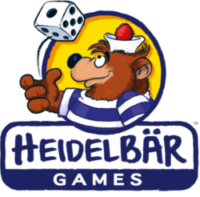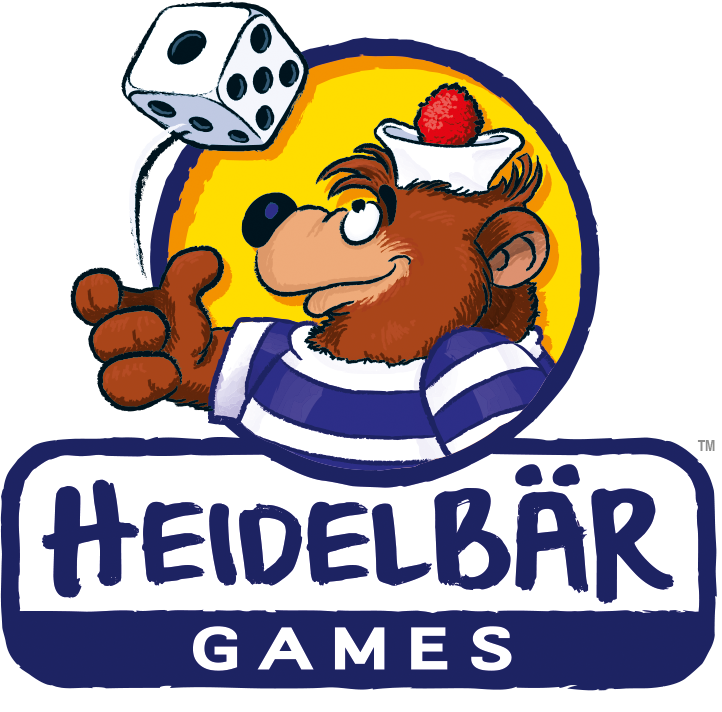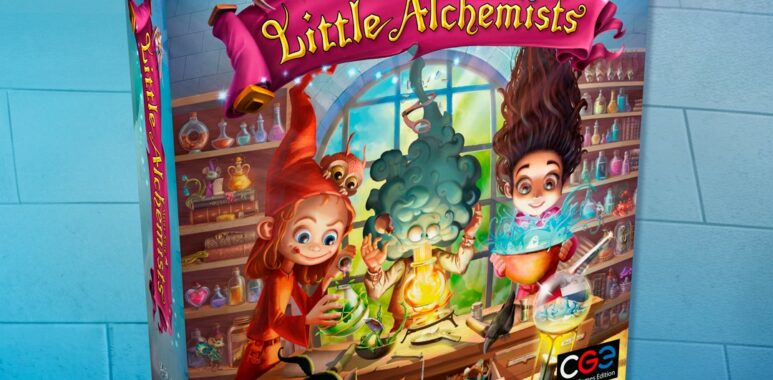Many people on the team at CGE have families with younger children who love to play games too, but it’s hard to get a game like Alchemists to the table with the little ones. In the original game of Alchemists, players compete to craft potions, deduce information from their experiments, and publish theories on the craft of alchemy. It’s a heavy euro with a lot of strategic elements that offer different ways to earn points towards alchemical victory. How would you go about adapting it into a kids game?
It turns out the path to designing Little Alchemists all started with a daughter’s curiosity. Since first releasing Alchemists 10 years ago, designer Matúš Kotry has been hard at work on other game projects and starting a family. His daughter Anna, who will soon be seven, has been a fan of board games since she was three years old, he explains. It wasn’t long before she expressed an interest in learning more about the game her dad made.
“I could not teach her all the rules of Alchemists, so we made a simplified version of the rules where we were just scanning potions and marking the results,” says Matúš. “Sometimes we would reveal a customer and sell him potions we knew how to make, and she enjoyed that a lot. When she was five, I added theories to the game, and she was totally fascinated by that. So I realized that other children might enjoy this game as much as she does.”
Taking those basic elements from the original Alchemists, he set out to develop a new spinoff game for kids and families that could gradually expand and grow in complexity alongside a player’s age and skill level.
Adapting alchemy for kids
The core loop in Little Alchemists revolves around familiar tasks carried over from its bigger brother—mixing potions using a phone or tablet, selling them to customers, and writing theories. It was important to preserve those mechanics from the original. However, adapting the experience for a younger audience required streamlining and simplifying other aspects of gameplay to make it more accessible.
Planning ahead was a big part of the original Alchemists, for example. You have to choose all of your actions first, then play them. This can make it easy for some players to forget or miss something important during the planning phase, like drawing enough ingredients for your experiments.
“We felt this would be too harsh for children, so we removed it from the game,” says Matúš “But even so, I still wanted to keep this game as mentally challenging and engaging for kids as possible. I just wanted to make it much less heavy and less punishing. When it is your turn, you immediately choose what action to play—mix a potion or write a theory. Also, there is no theory debunking, and potion selling is much simpler in this version.”
Little Alchemists starts off simple but grows in depth and complexity with each chapter that’s unlocked, offering a substantial challenge in the later portions of the game. Matúš drew inspiration for the unlockable chapter format from the way he played the early iteration of the game with his daughter, he says. “In the first chapter, the only thing you do is mix potions, mark them up, and sell the potions you have learned to customers,” he notes. “After this becomes routine for the kids, they move to chapter two, where the theories are added. These, however, are very simple, because each ingredient can only make two kinds of potions. But in the next chapter, more types of potions are added, and the theories become harder to figure out.”
The game continues to grow and expand (quite literally) from there, but no spoilers!

Play and testing
Even compared to designing heavyweight euro games, making games for kids and families is a lot more challenging, because you have to make sure everything is easily understandable for the children playing. “Children we playtested the game with sometimes made mistakes when marking their potions, which is a problem because that can ruin the experience,” says Matúš. “But our graphic designers (namely Michaela Zaoralová) made great improvements in the markup triangle, which helped the kids a lot. She added color bars to guide the kids, and also each hole in the triangle shows pictures of the pair of ingredients it corresponds to.”
One of the benefits of working within a company that has a lot of gaming families is that quite a few CGE employees have children between the ages of six to 12 that were eager to check out the game. “When I first brought the prototype to CGE, everyone wanted a copy they could try with their children,” says Matúš. “This was really amazing, because they gave me a lot of feedback from their play sessions.”
Thanks for reading! Don’t forget to subscribe to the BGG page to get notified of more articles and updates!



